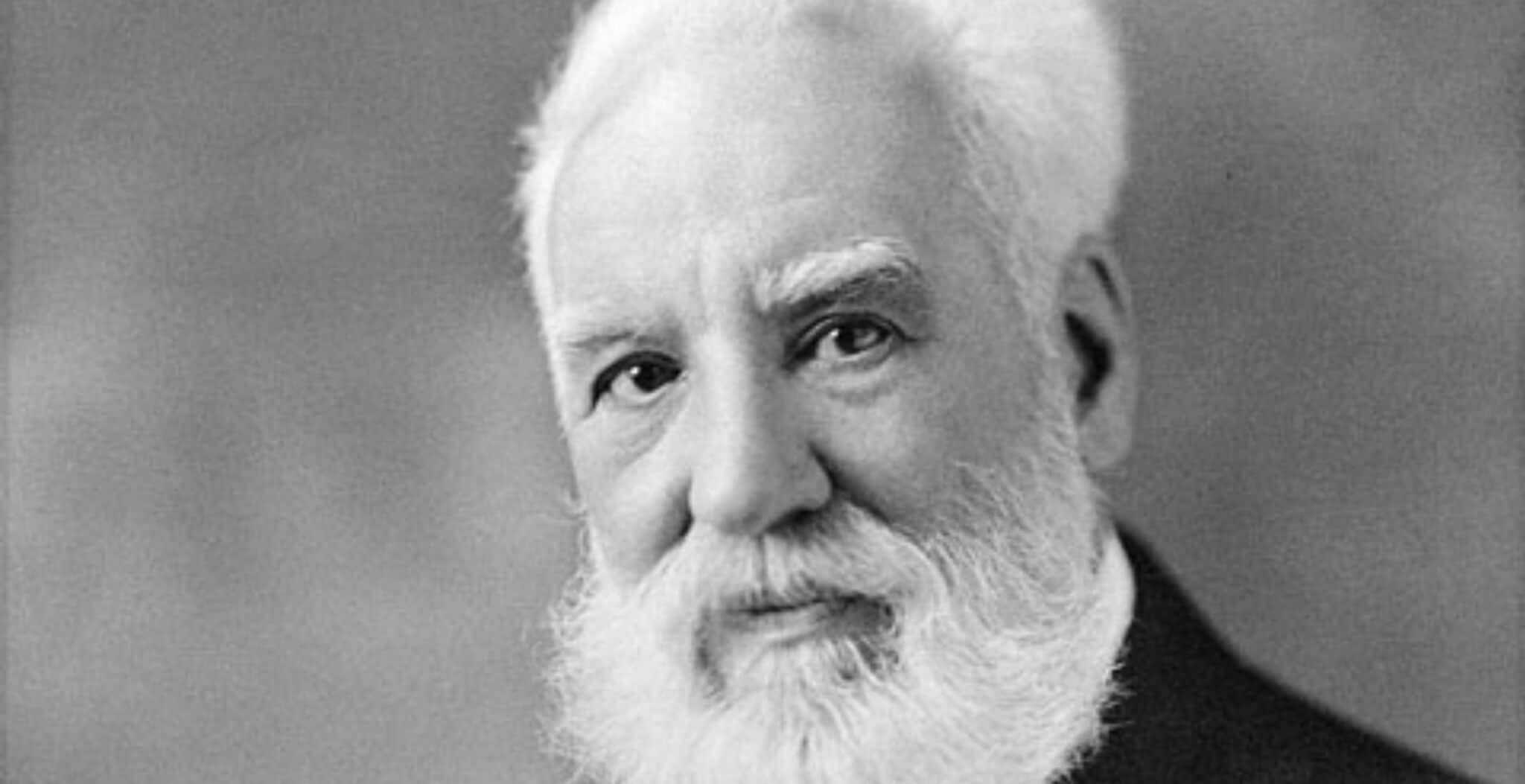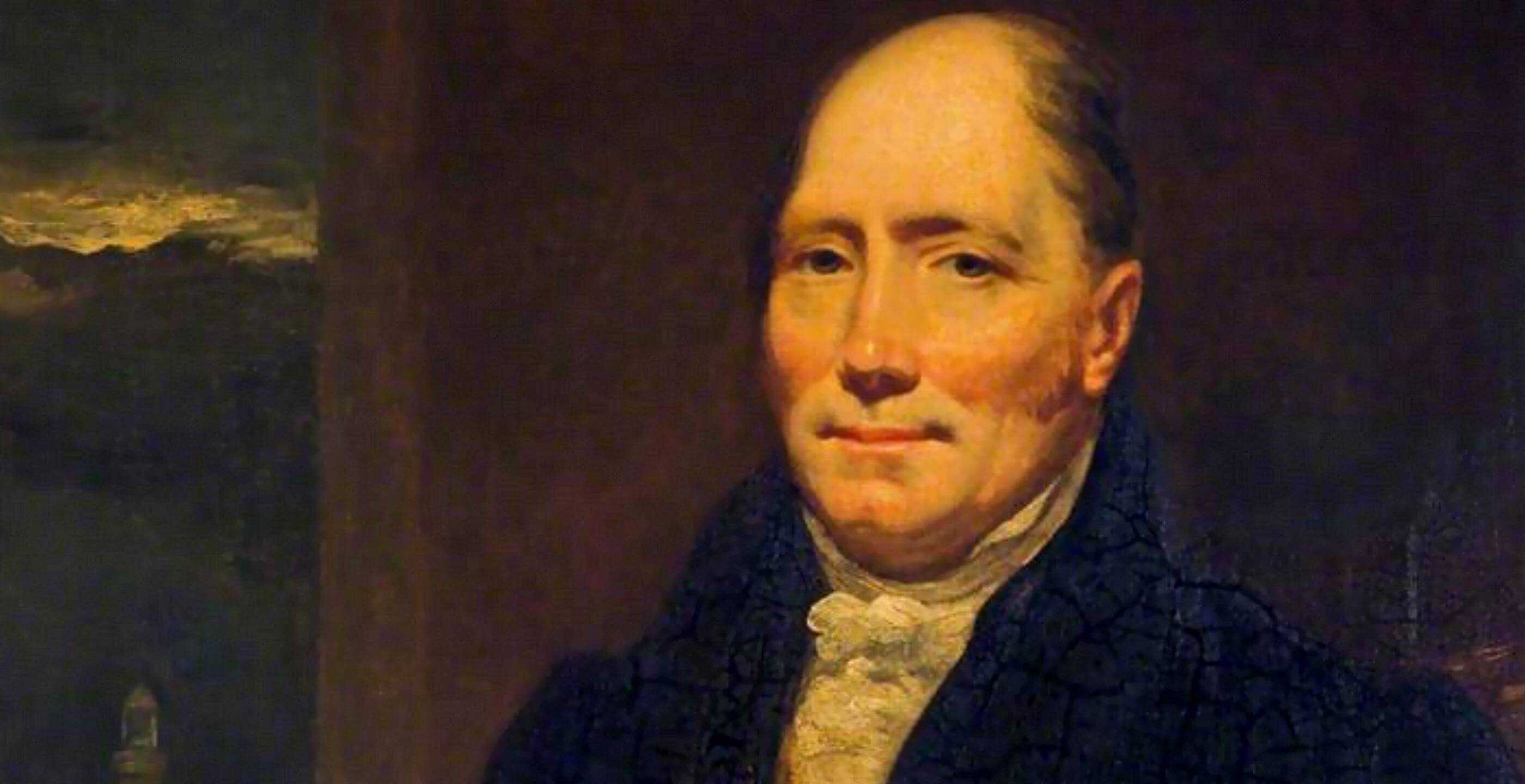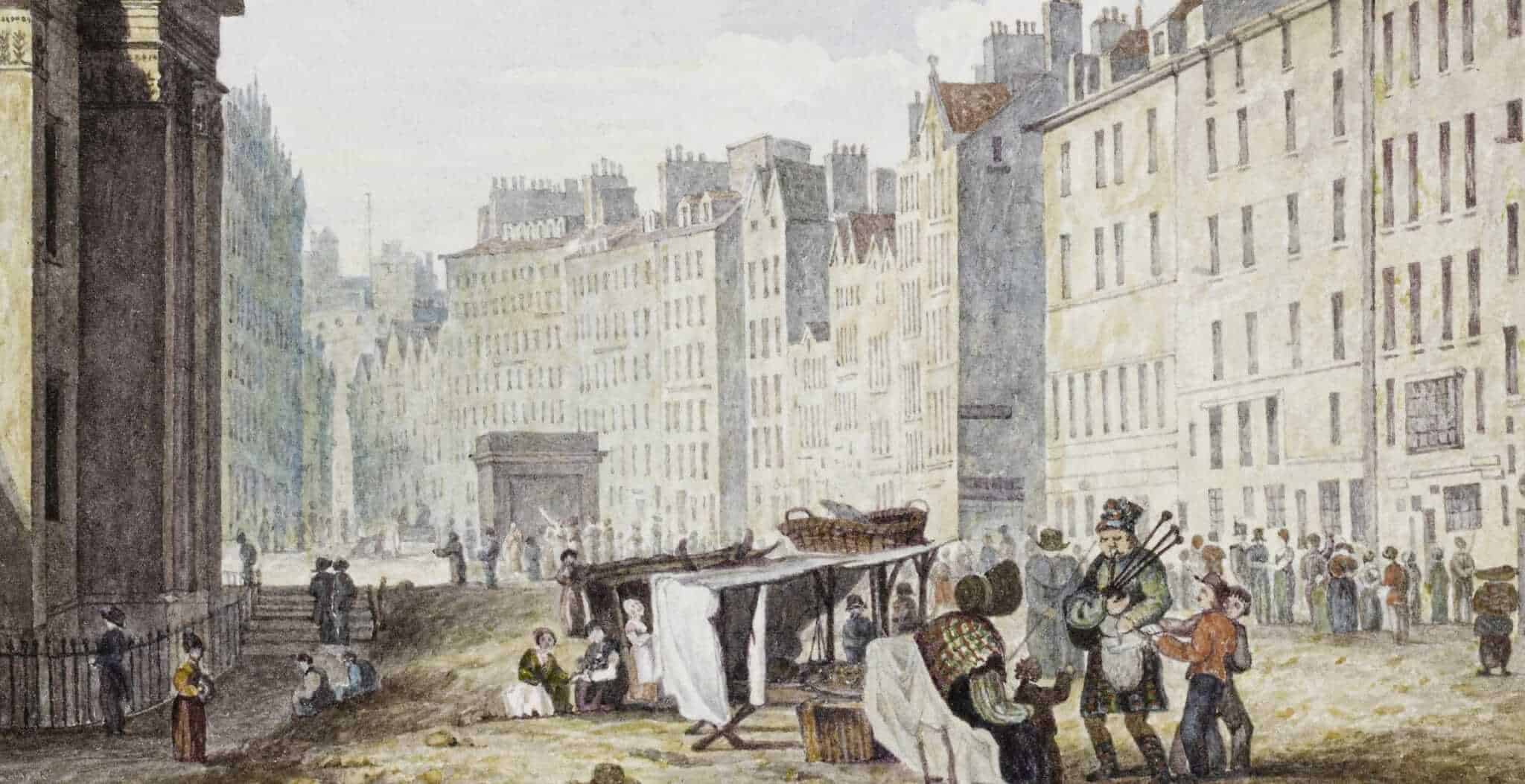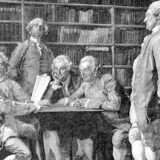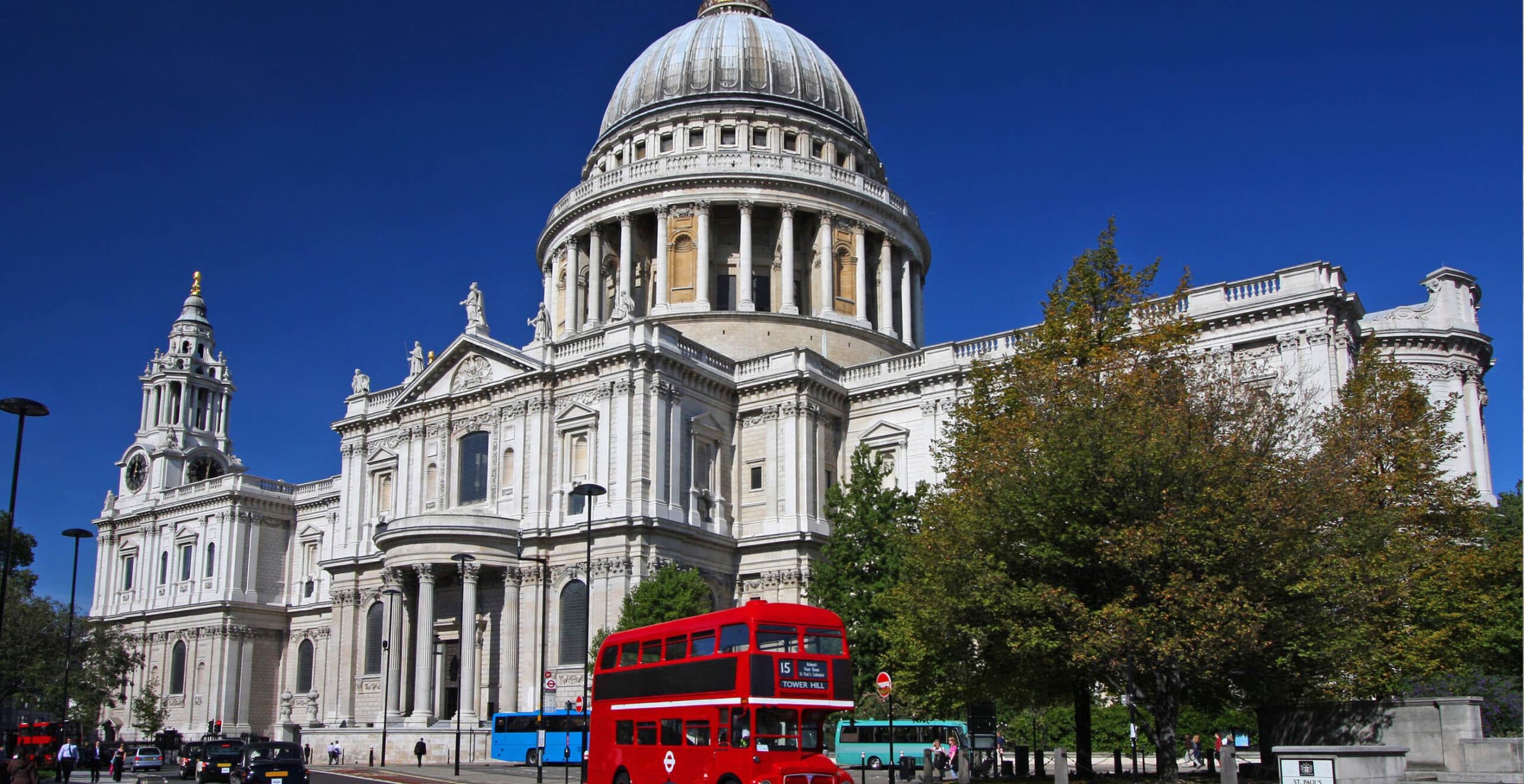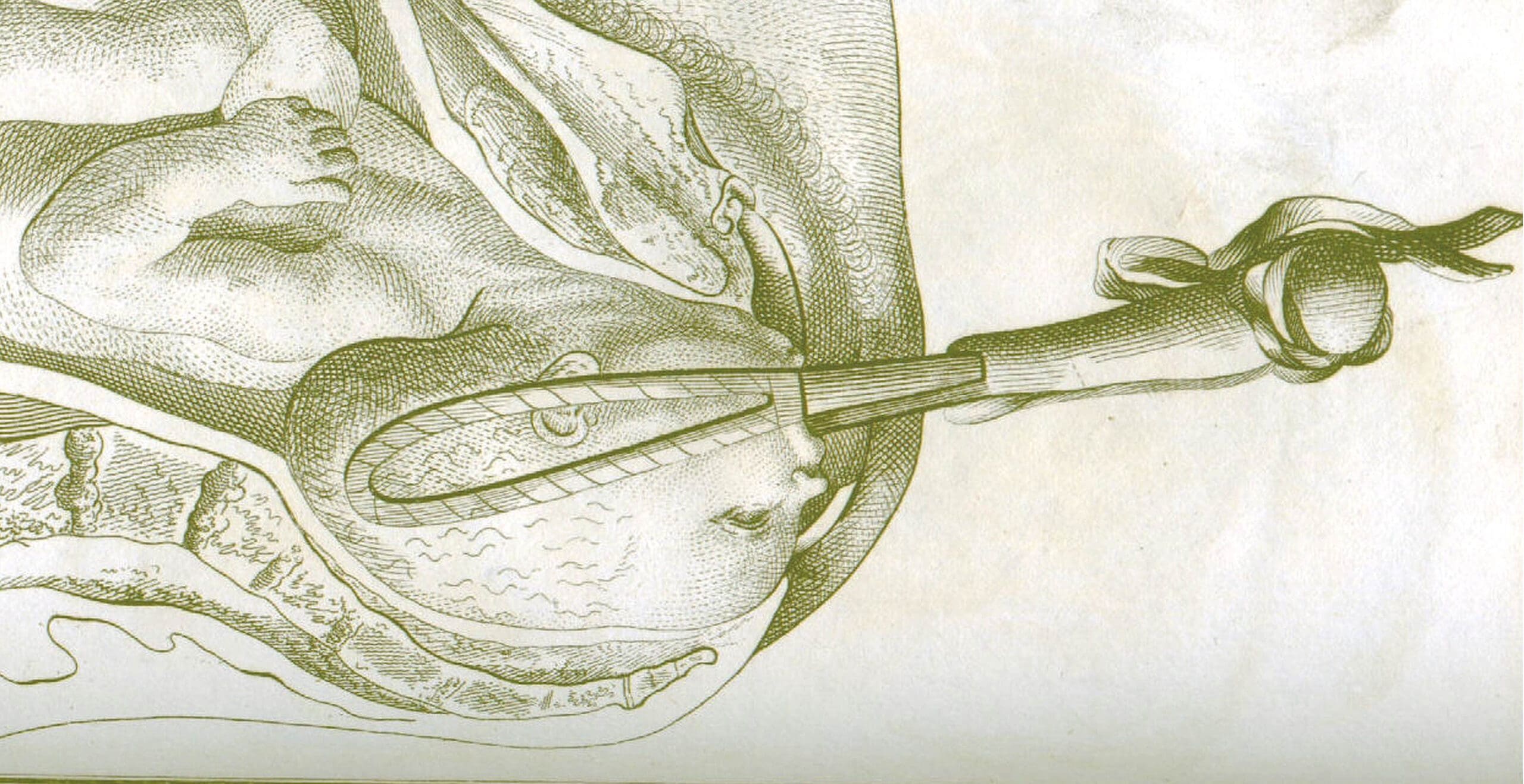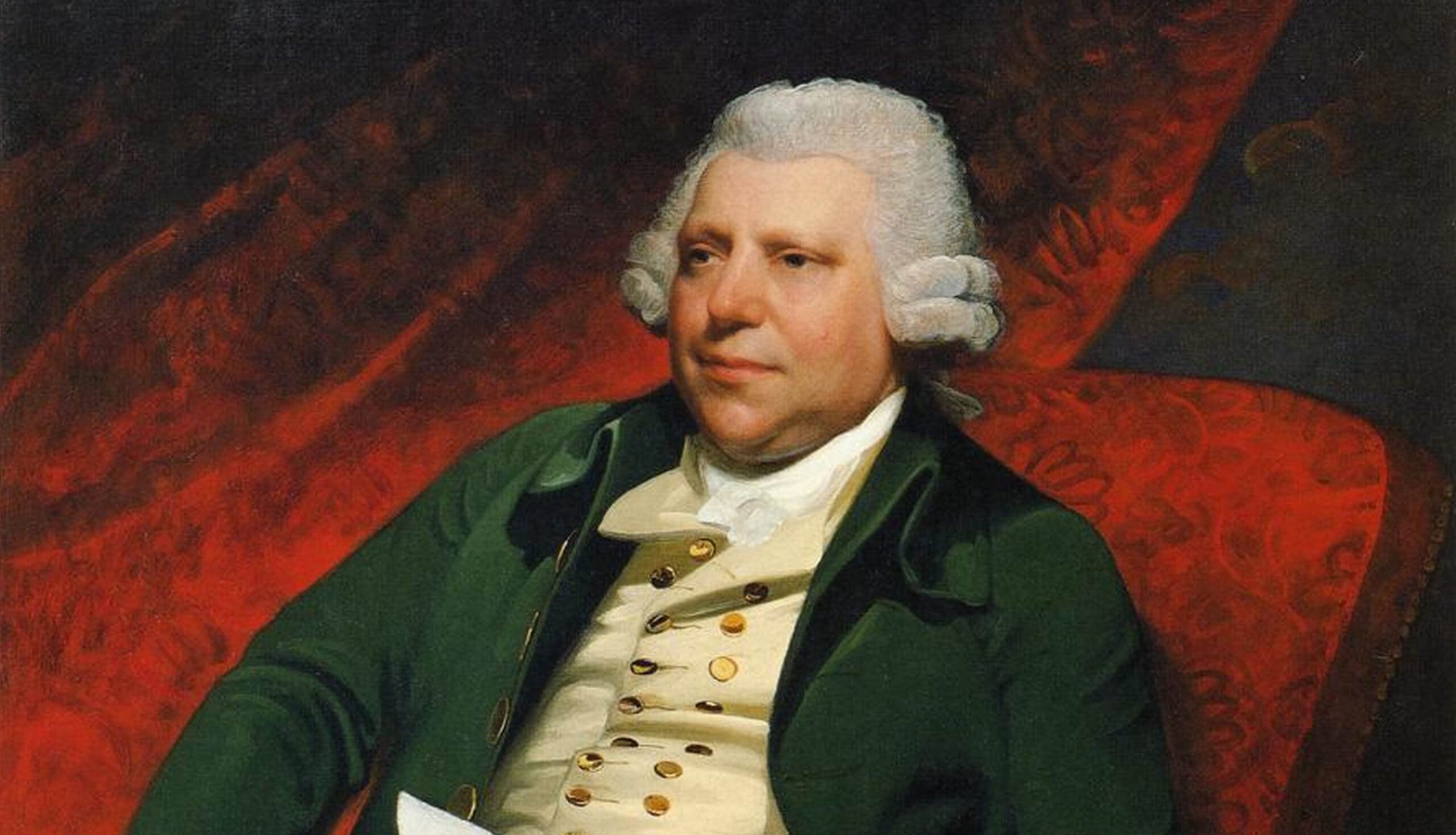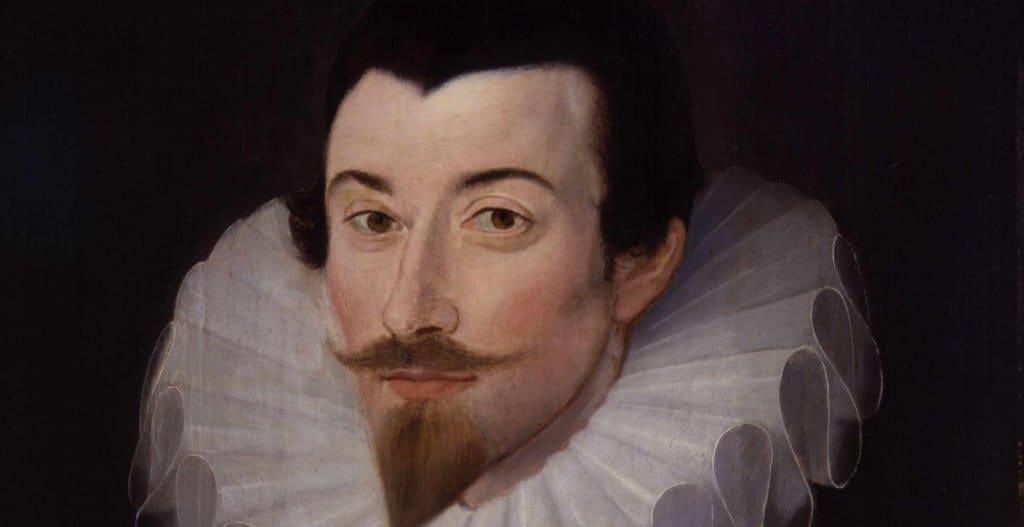Throughout history, the British have been responsible for many great inventions and are still commonly acknowledged to be among the best in the world when it comes to inventing. Over the past 50 years, according to Japanese research, more than 40 per cent of discoveries taken up on a worldwide basis originated in the United Kingdom.
Many of these British inventions have had an enormous impact on the world. For example, imagine how different life would be today if Michael Faraday had not built the first simple electrical generator or if James Watt had not developed the steam engine?
Leading British author Terry Deary has discovered some other pretty spectacular British ‘firsts’, some of which have not been traditionally attributed to the Brits…..
1. Powered flight
They say …
During 2003, Dayton, Ohio, and the Dayton & Montgomery County Public Library celebrated the 100th anniversary of the Wright Brothers invention of the first powered airplane. The first successful flight occurred on December 17, 1903 at Kill Devil Hills in Kittyhawk, North Carolina. But hang on … the Wrights may have made “The first successful flight” but they could not claim “the invention of the first powered airplane” because …
Brits say …
Brit Percy Pilcher designed a powered triplane and built it in 1899. By the last day of September 1899, Pilcher’s powered triplane was very nearly ready for flight (save, apparently, for mounting the engine), but on that day Pilcher was gliding in his “Hawk.” His previously reliable “Hawk” suffered a structural failure, fell, and Pilcher died two days later. Pilcher’s powered triplane was never flown. But the “invention” beat the Americans by 4 years.
Or maybe it was Bill Frost a Welsh carpenter who patented the aeroplane in 1894 and took to the skies in a powered flying machine the following year (8 years before the Wright brothers).
Or maybe the world’s first powered flight took place not in America in 1903, but at Chard in Somerset 55 years earlier, and the man who made it happen was John Stringfellow
2 The Guillotine
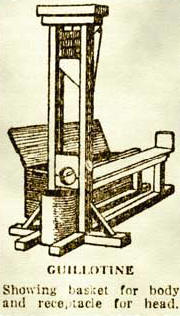 During the French Revolution M. Guillotin invented a machine for slicing off heads quickly and painlessly. It was pretty successful – though not quite so clean-cut as some people imagine. It took a couple of chops to get through fat King Louis’ neck. But the idea was 500 years after a British invention, “The Halifax Gibbet” because…..
During the French Revolution M. Guillotin invented a machine for slicing off heads quickly and painlessly. It was pretty successful – though not quite so clean-cut as some people imagine. It took a couple of chops to get through fat King Louis’ neck. But the idea was 500 years after a British invention, “The Halifax Gibbet” because…..
The Guillotine wasn’t a French invention. There was one in Halifax, West Yorkshire, from the 13th to the 17th century. The earliest recorded execution was in 1286. Convicted criminals did have one thing going for them. For hundreds of years the law stated that if a condemned person could withdraw his or her head after the blade was released and before it hit the bottom, then he or she was free. The good old British idea of a “sporting chance”. The one condition: that person could never return.
3 Electric Light Bulb
They say …
Thomas Alva Edison invented the light bulb. He began his experiments in 1878 and by 21 October 1879 he made a working electric light bulb. Fine, but …
Brits say …
Sir Joseph Swan of Newcastle announced that he had made a working light bulb on 18 December 1878 and on 18 January 1879 he gave a public demonstration in Sunderland – 10 months before Edison. The Americans say it was just a working model and not a commercial reality … but then they would say that, wouldn’t they?
4 Telephone
They say …
The first telephone message was made at 5 Exeter Place, Boston, Massachusetts on 10 March 1876. Alexander Graham Bell called to his assistant, “Come here, Watson, I want you.” In June that year it was demonstrated at the Centennial Exhibition in Philadelphia and may have passed unnoticed if the Emperor of Brazil hadn’t caused a sensation by crying out, “My God … it talks!” The rest, is history. But …
Brits say …
Alexander Graham Bell was born in 1847 in Edinburgh, Scotland. He moved to Canada when he was 23 and only then migrated to the USA. He was British, so Brits can rightly claim the telephone is a British invention.
5 Radio
They say …
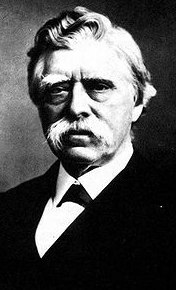 On 23 July 1866 Mahlon Loomis of Washington DC described how to send signals by radio. That October he achieved it in Virginia. In 1896 Guliemo Marconi won even greater fame for sending a wireless telegraph over 94 miles. But …
On 23 July 1866 Mahlon Loomis of Washington DC described how to send signals by radio. That October he achieved it in Virginia. In 1896 Guliemo Marconi won even greater fame for sending a wireless telegraph over 94 miles. But …
Brits say …
David Edward Hughes, (D.E.Hughes, pictured right), of Corwen (Denbighshire) – is recorded as the Welshman who became the first person in the world to transmit and receive radio waves. Evans, resident of North Wales, designed the synchronous type-printing telegraph in 1856. Yet another British first.
So forget the Wright Brothers, Marconi, Thomas Edison and Monsieur Guillotin. All they had was good PR. In their own quiet, modest way the Brits were always there first.
6 Discovering America
They say …
In fourteen hundred and ninety-two
Columbus sailed the ocean blue.
The Italian adventurer, Columbus, finally persuaded the Spanish to back an expedition across the Atlantic. They reckon he was the first European to discover America. But he wasn’t.
Brits say …
In 1170 Welsh prince Madog ab Owain Gwynedd sailed from Wales in search of new lands and reached America. He then returned to Wales to tell his fellow countrymen of the great wonders that he had found. They are believed to have landed at Mobile Bay, Alabama and then travelled up the Alabama river along which there are several forts said by the local Cherokee Indians to have been constructed by “White People”. These structures have been dated to several hundred years before Columbus and are of a similar design to Dolwyddelan Castle. An Indian tribe was discovered in the 18th century called the Mandans. This tribe were described as white men with forts, towns and permanent villages laid out in streets and squares. They claimed ancestry with the Welsh and spoke a language remarkably similar to it. Unfortunately the tribe was wiped out by a smallpox epidemic introduced by traders in 1837. A memorial tablet has been erected at Port Morgan, Mobile Bay, Alabama which reads: “In memory of Prince Madog, a Welsh explorer, who landed on the shores of Mobile Bay in 1170 and left behind, with the Indians, the Welsh language.”
7 Motor car
They say …
Karl Benz created the first motor car in Germany in 1889. It covered just over half a mile at nine miles per hour. People have been driving Mercedes Benz cars ever since – usually slower than nine miles an hour in rush hour traffic. But …
Brits say …
180 years before, in 1711, Christopher Holtum demonstrated a horseless carriage. It gave demonstrations under the piazzas at Covent Garden and travelled at five or six miles an hour.
8 Jet propulsion
They say …
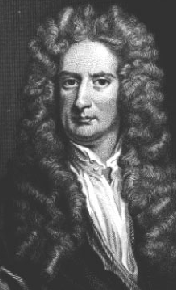 In 1796 the American, James Rumsey, drove a steam-powered boat that worked by pushing out a jet of water. It travelled at 4 mph. It became a popular motor for model boats and the US claimed the first jet-propelled vehicle. But …
In 1796 the American, James Rumsey, drove a steam-powered boat that worked by pushing out a jet of water. It travelled at 4 mph. It became a popular motor for model boats and the US claimed the first jet-propelled vehicle. But …
Brits say …
The great Sir Isaac Newton (pictured right) invented the jet-powered car. He forecast that one day people would travel at 50 miles an hour. In 1680 a man called Gravesande designed a car that would be powered by Newton’s third law of motion – “To every action there is an equal and opposite reaction.” A boiler sent out a jet of steam that pushed the car along. Of course everyone on the road behind the jet engine would have been scalded, but that’s a small price to pay for progress.
9 Photography
They say …
Louis Daguerre produced the Daguerrotype camera in France. He was actually carrying on the work of a colleague Called Niepce. But Niepce made the clumsy error of dying in 1833 before it was perfected and he is forgotten. In 1838 Daguerre demonstrated a working method of producing photographs. But …
Brits say …
Niepce was basing his work on the experiments of Thomas Wedgewood – son of the famous potter Josiah. He used silver nitrate and made images of insect wings and leaves on pieces of sensitised leather. His friend Humphrey Davey was doing similar work and they published their findings in 1802 – 36 years before Daguerre.
10 The submarine
They say …
The Americans claimed that in the 1700s David Bushnell created the first usable submersible. It was christened “The Turtle”. It’s purpose was to sneak up on British ships in the American War of Independence and screw a mine into the wooden hull. Unfortunately when it tried to attack HM Eagle the submariners discovered the hull covered in copper. They couldn’t bore into it. The mine went off but the only victims were an unlucky shoal of fish.
Brits say …
There was an English submarine that was not only demonstrated in the early 1600s but gave a test-ride to King James I. The design was created in 1578 by William Bourne, a mathematician. A Dutchman called Cornelis Drebbel came to London to test it in the Thames. Between 1620 and 1624 he did many tests; his oar-propelled craft worked at depths of five metres for several hours. Even the free trip for the King didn’t get a commission from the Navy!
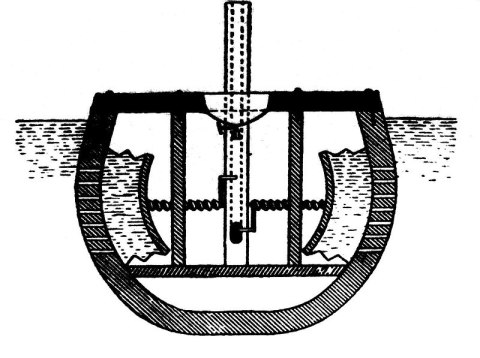
William Bourne’s Submarine Design – 1578
For more about Terry Deary, please click here
Published: August 29, 2015.
